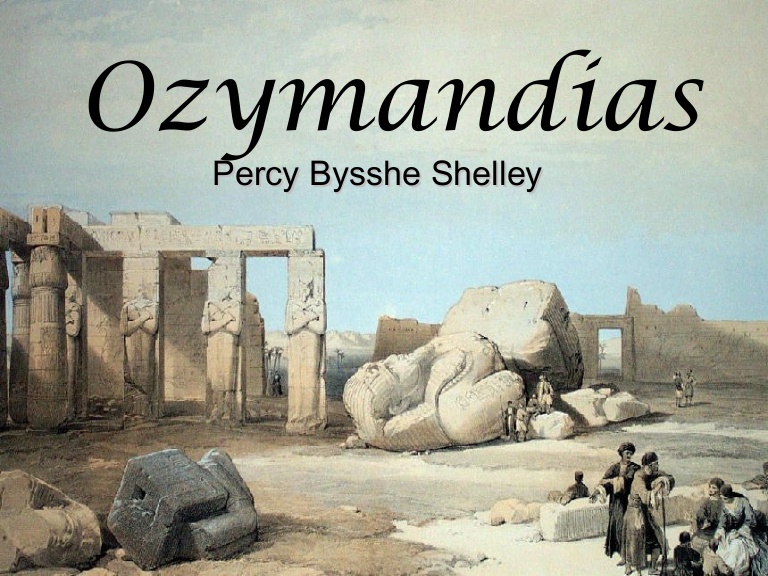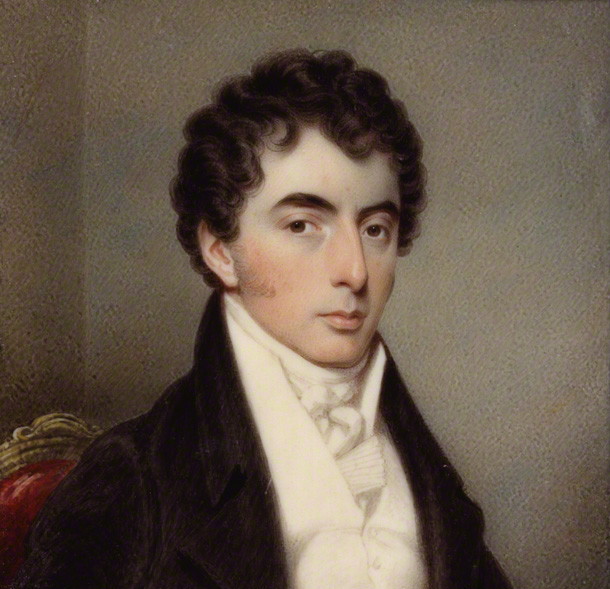Life and Death: The narrator grapples often with the theme of his life and death, rather, his life in death. In S1, he considers himself a felt swan instead of a human being; in S2, he wants to become inanimate, although he’s alive. In S4, he shows a spark of life and wishes to do something dramatic before dying of cold. S6 is filled with the imagery of death. It is in s6 that the narrator realizes he wishes to live instead of existing like a dying root or a tomb.
Decay: Stanzas 8, 9 and 10 deal with the theme of decay extensively. In fact, the stanzas harp on that idea. The image of yellowish pestilence permeates the stanzas. The broken, cobbled streets, the dilapidated buildings, hospitals, pubs, intestines, all give out a message of decay and degradation.
Apathy: The narrator focuses on things around him but never on any passers –by. There is no encounter with an actual person in the length of his walk. Whether this is deliberate is not made clear to us but what is apparent is the lack of human connection. The deep apathy with “being a man”, may stem from the detachment of humans from humans. When the natural relations between human beings crumble, the immediate aftermath is degeneration of society; “there are umbrellas everywhere, and venoms, and umbilical cords.” Juxtaposing umbrellas, which signify security, with venom, we are given a graphic visual of the insecurity everyone feels. The umbilical cord may well represent the one’s cut from his/her secure place. This metaphor runs deep as it also represents the cut of humans from humanity. This metaphor is made all the more powerful by the ending stanza (Stanza 10),”I stroll along serenely, with my eyes, my shoes,
my rage, forgetting everything,
I walk by, going through office buildings and orthopedic
shops,
and courtyards with washing hanging from the line:
underwear, towels and shirts from which slow
dirty tears are falling.”, which depicts the only emotions showed in this poem are from non-living objects.
RHYTHM, METRE & LITERARY DEVICES
The poem is divided into ten stanzas. It’s written in blank verse, which gives it a semblance of a man soliloquising on his walk. The stanzas are irregular and so is the metre. Some stanzas are comprised of three lines, some seven, although stanzas comprising 4-6 lines are the standard ones. Neruda uses personification and imagery as his tools to put across his point.
SYMBOLIC MEANING:
It is a poem expressing a man disgruntled by the material world with its material goods and rampant commercialization. On a deeper level, the narrator could be expressing Neruda’s own communist sentiments, “The only thing I want is to see no more stores, no gardens,/ no more goods, no spectacles, no elevators.” However, we can hardly call it a propagandist poem. The reason is simple enough. Neruda manages to capture the social and political undercurrents of his poem along with a certain kind of existential crisis.
Socially, the poem depicts the state of society that is crumbling from within:
“And it pushes me into certain corners, into some moist
houses,
into hospitals where the bones fly out the window,
into shoeshops that smell like vinegar,
and certain streets hideous as cracks in the skin.
There are sulphur-colored birds, and hideous intestines
hanging over the doors of houses that I hate,”
Sulphur is associated with a sickly yellow colour and smell, and the imagery indicates disease, decay and stench.
In Stanza 1, the narrator creates a parallel between artificiality and beauty. A swan is the epitome of beauty but felt is a synthetic material. Neruda foregrounds beauty with artificiality. If read symbologically, the unnatural swan can signify humanity, enshrouded in plasticity and hypocrisy going through life without feeling any real emotion or connection, like a “waterproof”, impenetrable object, in the wake of both life (“womb) and death or destruction (“ashes”). This goes on to show the persona’s perspective regarding beauty in a shattered world.
Stanza 4 poses a change of tone. The narrator’s preoccupation with wanting to be dead is replaced by a frenzied desire to feel alive, “Still it would be marvelous/ to terrify a law clerk with a cut lily,/ or kill a nun with a blow on the ear.” This part reflects Neruda’s political consciousness as his narrator eschews bureaucracy and the hegemony of Church. His hysteric outburst is then quickly explained by his unwillingness to become like an obscure root in Stanza 5.
The narrator’s disinclination to conform to hegemony, to bureaucracy, to commercialization makes him view Monday as a beast, at war with him, and with humanity in Stanza 7. The passage of time is here showcased with the imagery of tyres screeching past in speed. The screeching tyres also sound like a wounded beast, and the tyre marks left on the road are bloodstains from the wounded beast. Monday, is personified as a car and an animal or a living thing. There is a double imagery working here.
Neruda’s use of powerful imagery makes it a hard-hitting commentary on society at its worst. The blank verse used in this poem fits the mood and rhythm of the poem, which is dark and erratic. Erratic because it starts off with a passive, despondent tone and changes into a hysteric one only to fall back into a forced, tired calmness in the end. One of the darker poems of Neruda, it encapsulates urges to bring about change but also the acceptance of things that can’t be changed.
Dear Readers- If this summary/analysis has helped you, kindly take a little effort to like or +1 this post or both. Make sure you like Beamingnotes Facebook page and subscribe to our newsletter so that we can keep in touch. We’ll keep informing you about stuffs that are really interesting, worth knowing and adds importance to you.
Keywords – Walking Around Pablo Neruda Analysis (1.0), Walking Around Analysis (1.0), Pablo Neruda Walking Around Analysis (1.0), Walking Around Neruda Analysis (1.0)
Some online learning platforms provide certifications, while others are designed to simply grow your skills in your personal and professional life. Including Masterclass and Coursera, here are our recommendations for the best online learning platforms you can sign up for today.
The 7 Best Online Learning Platforms of 2022
- Best Overall: Coursera
- Best for Niche Topics: Udemy
- Best for Creative Fields: Skillshare
- Best for Celebrity Lessons: MasterClass
- Best for STEM: EdX
- Best for Career Building: Udacity
- Best for Data Learning: Pluralsight

















This article on Pablo Neruda’s poem ” Walking around’ is quite satisfactory and will help the reader many aspects of the poem, specially the imageries which is quite tough to understand.
As I am taking a risk of translating some 40 poems of Neruda, such analysis will help me a lot to understand and faithful translation can be achieved.
Thanks a lot.
Hey! Divyanka very comprehensive explanation, keep up your good work (y)